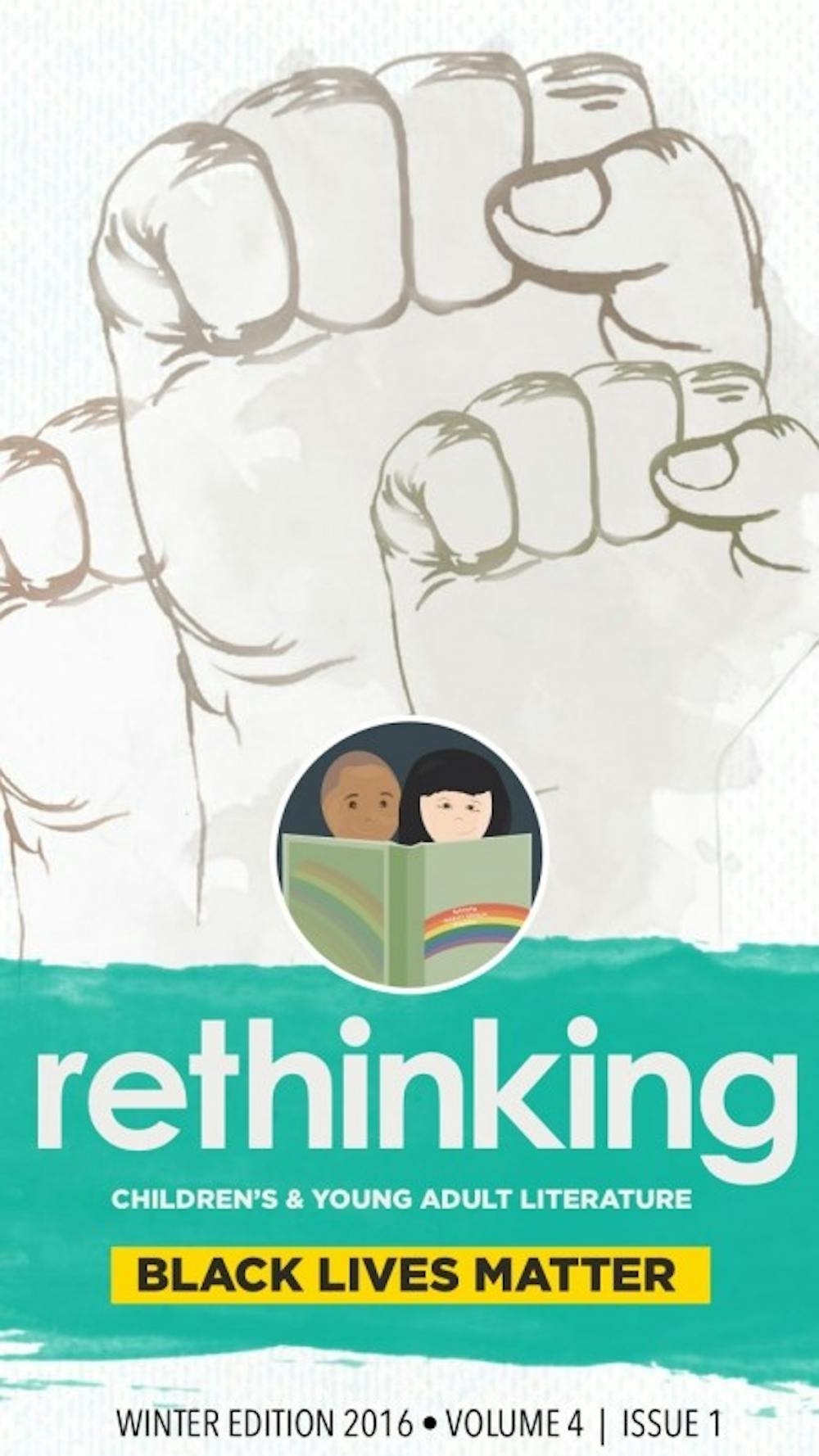After thousands of magazine downloads and various invitations to prestigious conferences, one Ball State program may still see cuts in funding.
After English professor Darolyn Jones won the Excellence in Teaching Award, an annual Ball State award where teachers are nominated by the students, in 2013, she received a grant to redesign the children’s literature class at Ball State. Now, the class, which is called Rethinking Children’s and Young Adult Literature, challenges students to read and write children’s literature that is multicultural with an emphasis on social justice.
“I’m hoping that, like, every two years, I can keep offering this class. That’s really my goal,” Jones said. “There’s an endless amount of topics.”
In the fall of 2016, when the Black Lives Matter movement was gaining traction, Jones said she was inspired to challenge her students to understand and analyze the underrepresentation of African-Americans in children’s and young adult literature.
The students in the course read and researched up to 50 different children’s and young adult books from all over the world in addition to reading academic studies and articles pertinent to the subject. Some of the books the class read are out of print and had to be hunted down by Jones.
At the end of each course, a digital magazine that exhibits student work and ranges anywhere from 350-500 pages is created through a partnership with Dr. Jennifer Palilonis at the Center for Emerging Media Design & Development. Four issues have been released since 2016, and three students have had their work published and printed professionally since the beginning of the project.
However, Jones said the future of the magazine isn’t certain. Despite the successes, she said funding for the magazine for the next group of students may not be guaranteed. She said the creation of the magazine could be affected if the media studio’s funding is changed.
“I have to be honest, we’re all a little nervous about that,” Jones said. “We will still make it happen. It will just be in a different format.”
Despite these uncertainties, she said she feels confident for the future. Even if funding for the magazine disappears, Jones said she would shift focus to the website and its design.
In Spring 2017, the class presented the project at Ball State as well as places across the country, such as Indianapolis and Kent State University. At Kent State, the class presented at the annual Virginia Hamilton conference, the only conference in the country focused on multicultural children’s and young adult literature.
“Except for the famous authors who speak, in terms of workshops, ours was the most highly attended at Kent State,” Jones said.
Eileen Porzuczek, a junior creative writing major, said she realized how much of a bubble her hometown of Fishers, Indiana, is in because of the class.
“From that experience, I would take away the fact that it’s so important for everyone to be able to see characters like [those who are underrepresented],” Porzuczek said. “Before I took the class, I knew that there was an obvious underrepresentation, but until I had actually been in the class and done the research. It’s amazing how much that can affect someone and their growth.”
In addition to writing a book of their own, students also created video logs where they talked about what they learned from the course and how their perspective changed from the first to the last day of class.
Porzuczek said many resources were included for the books they analyzed so they could be easily accessed. She said these African-American children’s and young adult books can be difficult to find in a market where they are undervalued.
“If you go on Barnes & Noble or Amazon and look up children’s books, they don’t come up until like page seven or eight or 10,” Porzuczek said.
Hannah Winters, a senior English studies major, was inspired to take the class because her adopted younger brother is African-American.
“We struggled finding books that he liked to read, so I thought maybe taking a course like this would give me some ideas on children’s books to give to him,” Winters said.
The story Winters wrote, “You Can’t Play With Us,” is based off an instance her brother had on the school playground due to bullying.
“It gave me a new perspective on literature as a whole,” Winters said. “It definitely just reshaped, kind of, my perspective about diversity in children’s literature.”
Though cuts in funding may or may not happen, Jones is already planning for the next course to focus on rethinking disability representation in children’s and young adult literature. Jones said she also wants to explore all the different types of family structures and whether they’re being represented in young literature.
“I really wanted a class to focus on social and educational justice and underrepresented authors and underrepresented readers,” Jones said. “Young readers are not seeing themselves in literature.”
The digital magazine, which contains all of the stories and video logs, can be accessed through the BSU Now app available on the App Store and Google Play.
Contact Andrew Harp with comments at adharp@bsu.edu or on Twitter at @adharp24.





